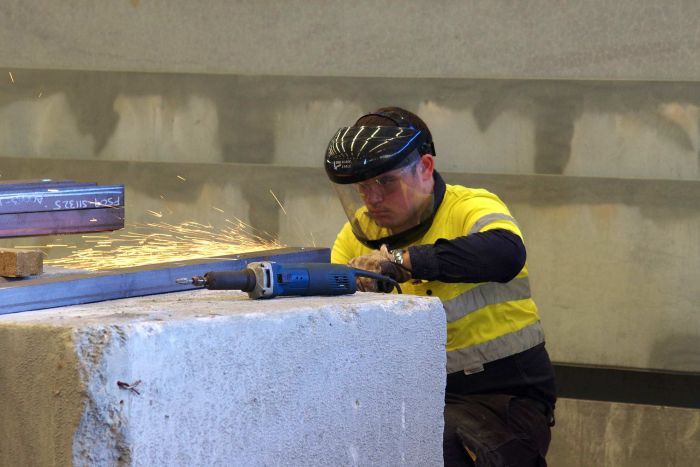Made in Australia is making a comeback
Prepare to start seeing more of the ‘Made in Australia’ logo in the next few years. That is because the Australian dollar’s fall is leading to the resurgence of the local manufacturing industry.
“It’s [the lower exchange rate] had a big effect on the ability to export to the growing markets in Asia,” the Australian Industry Group’s chief economist Julie Toth noted.
The AI Group’s latest performance snapshot shows Australian manufacturing has been growing solidly for two consecutive years.
“That’s largely a result of growth recovery and particularly export recovery in sectors,” Ms Toth said.
The lower exchange rate is also welcome relief for Australian manufacturers selling within the nation’s borders.
“It’s also enabled other sectors to win back share within Australian markets against the imports that they were competing with,” Ms Toth added.
The other side of the coin
While exporters are applauding the current exchange rate, it is a bleaker picture for those importing goods.
About $20 billion worth of raw materials and goods are imported to Australia every month.
A lower Australian dollar means it costs more to do that.
“The Australian dollar has probably dropped by close to 10 per cent across a whole range of currencies, including the renminbi with China, with the euro and with the pound sterling,” David Chuter, who heads the government-funded Innovative Manufacturing Co-operative Research Centre, observed.
Mr Chuter says the full impact is yet to be felt by importers.
“It may be some time before that exchange rate impact flows through, based on how their contracts are made and where they’re buying their materials from,” he said.
Mr Chuter believes now is the time to capitalise on high import costs, as well as geopolitical tensions caused by US President Donald Trump’s trade war.
“I’m aware of businesses in Australia that are moving production back from China to Australia so they can actually then export to the USA from Australia,” he added.
Growth industry
Considering recent history, the potential for expansion is good news.
When Ford and Holden shut down their local assembly lines, there were cries Australian manufacturing would struggle.
However, with 93,000 jobs added in the last two years, the industry is getting bigger.

